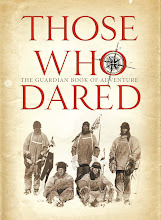Maps are in the news. The publication of Map of a Nation: A Biography of the Ordnance Survey has generated coverage for a subject that rarely gets a look-in on the pages of the print and online media. The book is the first popular history of the Ordnance Survey (OS) map, from its inception in 1791 to the first series of the one-inch map of Great Britain, eight decades later. I've just picked up a copy and hope to write about it at a later date.
If the OS map was the first complete and accurate map of Great Britain, Munroe's Map of Online Communities could well be the first to show the levels of internet social activity around the world. Randall Munroe has created an imagined world in which the land mass of each mythical country named after a website equates to the popularity of that site, showing effectively how social activity is spread throughout the internet.
The map is based on statistical information such as website hits and the number of members each community had during the Summer or 2010. Facebook and Twitter dominate but so does QQ, a Chinese instant messaging service which has more than 100 million users but is almost unheard of in the west. Meanwhile, the once popular MySpace is barely visible. Compare this with the 2007 version when the social networking site occupied a huge chunk of Munroe's map.
I like the way the Twitter landmass includes the impressive looking bit.ly mountain range. There are a number of gags contained - see this larger map.


thnx for the information..
ReplyDeleteblog is really gud,for more information you can visit here
Online Communities